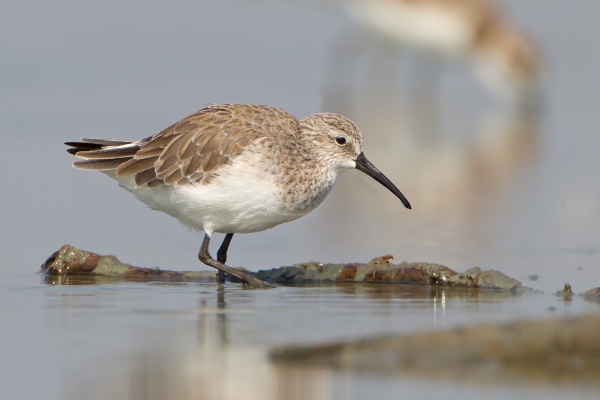Facts About Curlew sandpiper
The curlew sandpiper is a small wading bird that breeds in the Arctic regions of Siberia. Its name is derived from Ancient Greek and Latin, reflecting its distinctive coloration. This bird is an exceptional long-distance migrant, wintering in Africa, Asia, Australia, and New Zealand. Occasionally, one might even be spotted in North America, although such sightings are rare.
One of the most notable features of the curlew sandpiper is its long, down-curved beak, which complements its elongated neck and legs. These birds undergo seasonal plumage changes, displaying different colors during breeding and non-breeding periods.
During courtship, the male curlew sandpiper performs an impressive aerial display. They nest in simple ground scrapes throughout Siberia, although monitoring their breeding success is challenging due to the dispersed nature of their nests. These birds are social and often form flocks with other waders. They primarily feed on insects and small invertebrates found in the soft mud of marshes and coastal areas.
Sadly, curlew sandpiper populations are declining in regions such as South Africa and Australia. This decline may be linked to factors such as changes in lemming populations and the impacts of global warming. Interestingly, these birds sometimes hybridize with other sandpiper species, resulting in hybrids known as "Cooper's sandpiper" and "Cox's sandpiper."
Taxonomically, the curlew sandpiper presents a bit of an enigma, with its precise relationships within its genus still being a subject of study. From a conservation standpoint, the curlew sandpiper is covered under the Agreement on the Conservation of African-Eurasian Migratory Waterbirds (AEWA), highlighting the importance of protecting this migratory species.

 Guinea Bissau
Guinea Bissau